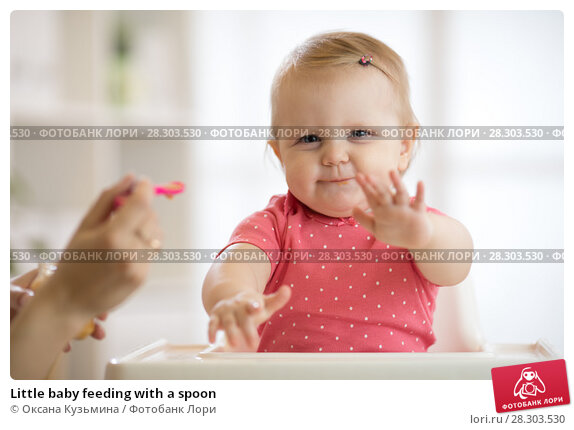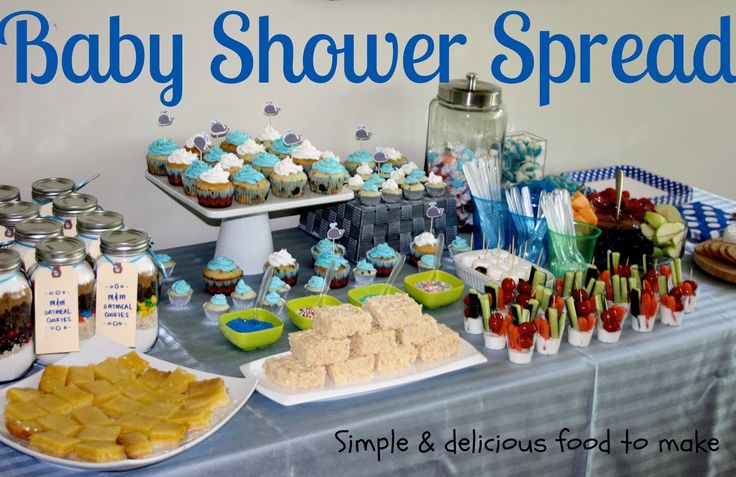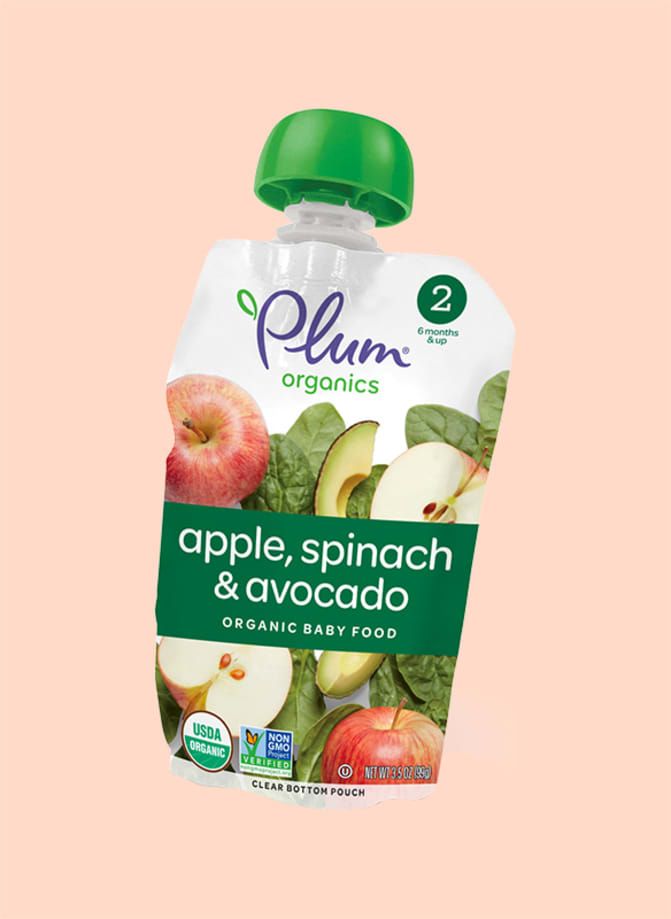Is jarred baby food healthy
Jarred Baby Food Isn't the Worst, but Neither Is Making Your Own
We include products we think are useful for our readers. If you buy through links on this page, we may earn a small commission. Here’s our process.
Store-bought baby food isn’t poison, but these tips will prove making your own isn’t rocket science, either. Find the balance that works for you.
Is jarred baby food basically the worst thing ever? Some recent headlines might have you nodding your head yes — and then feeling like the worst parent ever for not always having time to concoct homemade purées for your baby.
The vast majority of packaged baby foods and snacks contain one or more heavy metals like arsenic or lead — with rice-based snacks and infant cereals, teething biscuits, fruit juice, and jarred carrots and sweet potatoes being the worst offenders, according to a recent report by the nonprofit Healthy Babies Bright Futures.
Which, of course, sounds terrifying. But does it really mean that you can never, ever, give your baby store-bought food again?
The answer is no, experts say. “The metal content of baby food really isn’t any more elevated than all the other food adults and older children consume every day. Parents should not be overly alarmed by this piece of news,” says Samantha Radford, PhD, a public health expert and chemist and owner of Evidence-Based Mommy.
Heavy metals are naturally present in soil, and crops like rice and vegetables that grow underground tend to take those metals up. That’s true for rice, carrots, or sweet potatoes that are used to make packaged baby food or the ingredients that you buy whole at the store, including organic ones — though rice tends to have more metals than veggies like carrots or sweet potatoes.
Still, it’s certainly worth taking steps to minimize your family’s exposure by going the homemade route when you can. “I would advise cutting back on rice-based snacks and jarred purées that contain rice,” says Nicole Avena, PhD, author of “What To Feed Your Baby and Toddler.”
Plus, Avena says, “When you opt to make purées at home, you have more control over what goes in them. ”
”
Doing the DIY thing doesn’t have to be crazy complicated or time-consuming, either. Here, some smart tips that’ll streamline the process so making your own baby food doesn’t make you insane.
A fancy baby food maker is nice if you happen to have one. But special appliances definitely aren’t a must. All you really need to make yummy food for your little one is the following:
- Steamer basket or colander for steaming. Place a pot lid over your steamer basket for faster steaming. Try OXO Good Grips Stainless Steel Steamer with Extendable Handle.
- Blender or food processor to purée ingredients. Try the Ninja Mega Kitchen System Blender/Food Processor.
- Potato masher. Use it as a low-tech alternative to a blender or food processor, or save it to make chunkier purées when your baby gets a little older. Try the KitchenAid Gourmet Stainless Steel Wire Masher.
- Ice cube trays. They’re the best for freezing individual servings of purées.
 Buy a bunch so you can freeze several batches of food at once. Try the OMorc Silicone Ice Cube Trays 4-Pack.
Buy a bunch so you can freeze several batches of food at once. Try the OMorc Silicone Ice Cube Trays 4-Pack. - Large baking sheet. This is useful for freezing finger foods on a flat surface so they don’t stick together in the freezer if they’re stacked up in a bag or container. Try Nordic Ware’s Natural Aluminum Commercial Baker’s Half Sheet.
- Parchment paper keeps finger foods from sticking to your baking sheets in the freezer.
- Plastic zip-top baggies can be used for storing frozen purée cubes or finger foods in the freezer.
- A permanent marker is key for labeling, so you know what’s actually in those baggies.
Sure, those mini mac and cheese cups or turkey meatloaf muffins you saw on Instagram look fun. But you don’t have to expend that kind of effort to feed your baby fresh, homemade food — especially early on.
As your little one is getting the hang of solids, focus on making basic fruit and veggie purées with single ingredients.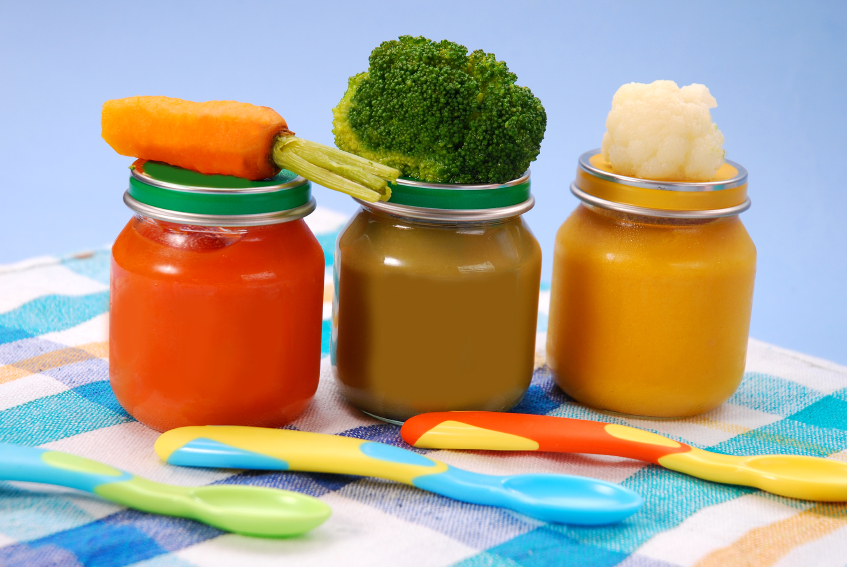 Over time, you can start combining purées — think peas and carrots, or apple and pear — for more interesting flavor combos.
Over time, you can start combining purées — think peas and carrots, or apple and pear — for more interesting flavor combos.
Remember the world of easy-to-prep finger foods too:
- quartered hard-boiled eggs
- sliced banana
- avocado, lightly mashed
- sliced berries
- lightly mashed chickpeas or black beans
- cubes of baked tofu or cheese
- shredded roast chicken or turkey
- cooked ground beef
- mini muffins or pancakes
- whole-grain toast strips topped with hummus, ricotta, or a thin layer of nut butter.
Your time is too precious to spend it washing and de-stemming bunches of spinach or peeling and chopping whole butternut squash. Instead, opt for frozen veggies or fruits that you can quickly microwave and pop straight into the blender or food processor with your preferred seasonings.
Save the steaming just for foods that you can’t usually find frozen — like apples, pears, or beets.
As a new parent, you’ve probably gotten pretty efficient at prepping (relatively) healthy meals and snacks for yourself.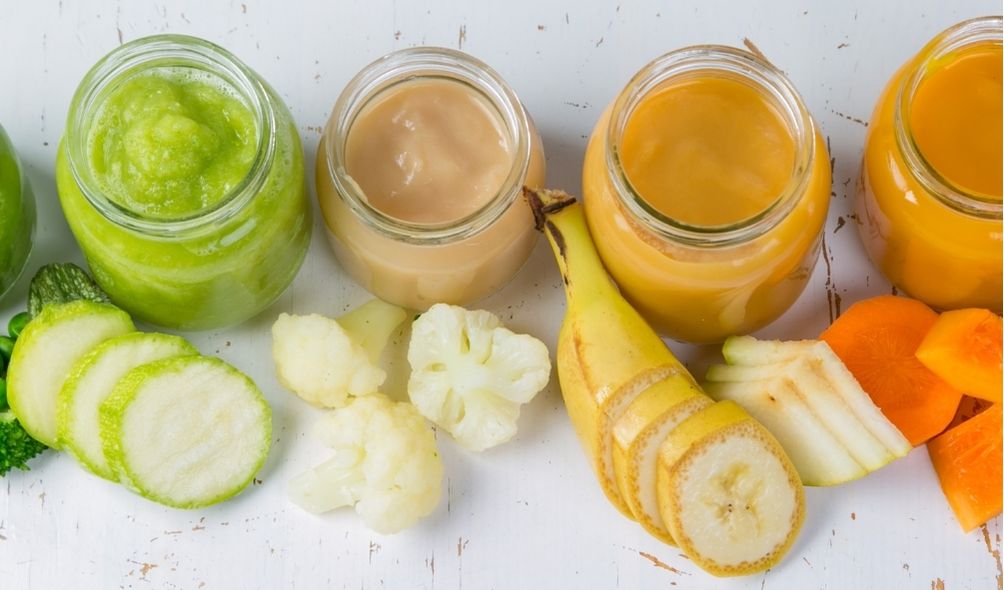 So apply the same idea for your baby’s food.
So apply the same idea for your baby’s food.
Once a week or so, dedicate an hour to prepping big batches of purées or finger foods. Nap time or after your little one has gone to bed is great for this, so you won’t be distracted or interrupted 30 times.
But if you’d rather use your baby’s snooze time to get some extra rest yourself, have your partner or another caregiver take your baby for an hour when they’re awake so you can cook in peace.
Scoop tablespoons of purées into ice cube trays and freeze them, then pop the cubes out and store them in plastic baggies for quick, easy meals.
Making finger foods like muffins or pancakes? Lay them flat on a baking sheet so they don’t get stuck together while they freeze, then bag them up.
And be sure to label each bag so you know exactly what’s inside. Within a few weeks, you’ll have built up a decent freezer stash of food options for your little one. And chances are, without labels you won’t be able to tell those peas from the green beans.
Marygrace Taylor is a health and parenting writer, former KIWI magazine editor, and mom to Eli. Visit her at marygracetaylor.com.
Bought vs Homemade Baby Food – Pros and Cons – Aster & Oak
Baby food is almost as varied and flavorful as adult food now — anything that can be pureed can be put in a jar and called baby food. Once our little one has reached the food stage at around six months, it’s time to make a decision. Should you buy your baby food or make it at home? We’ve assembled the pros and cons of each option to help make the choice between Bought vs Homemade Baby Food a bit easier for you.
Store Bought Baby Food — Pros and Cons
Store-bought baby food may be the food of choice for most parents because of its convenience and variety — there’s an enormous wall of it in nearly every grocery store, and it comes in every flavor imaginable.
Pros
- Convenience — You don’t have to worry about refrigeration (before you open the jar) or Tupperware with loose lids making a mess in your bag.

- Portability — It’s easy to store and carry jars of baby food in your diaper bag or purse. All you need is a spoon, and it’s dinner time for baby.
Cons
- Cost — In the long run, jarred baby food ends up costing more than the homemade alternatives.
- Waste — Disposable packaging can be wasteful, and if it’s not cleaned out well, it’s often not recyclable either.
- Preservatives — The only ‘preservative’ you should see in baby food is Vitamin C, but jarred food can contain a variety of listed or unlisted preservatives to make the food shelf stable.
- Contaminants — Contaminants can make their way into store-bought baby foods and can even show up in the water used to make it. In 2014, the Environmental Defense Fund found lead in some packaged baby foods.
Jarred baby food can be a great tool if you’re traveling or away from home, but is it really the best option for every meal?
Homemade Baby Food — Pros and Cons
You can make almost anything that you’re eating into baby food as long as you don’t mind skipping the salt and other seasonings.
Pros
- You Know What’s in the Food — Nothing goes into your homemade baby food that you’re not aware of.
- Cost — Overall, making your baby food ends up being less expensive, even if you have to buy a blender or food processor to get started.
- Variety — You can make up food combinations to cater to your infant’s tastes and nutritional needs without having to open multiple jars.
Cons
- Safety — Jarred baby food is pasteurized, killing off any bacteria that might appear in the finished product. Homemade baby food is not.
- Storage — Homemade baby food has no preservatives, so it doesn’t keep as well. It can be frozen, but should only be made and stored in small batches.
If you’ve got the time and the inclination, making your baby food can be an excellent option for providing your infant with healthy and organic food.
Making Your Own — Tips and Tricks
If you’ve never tried making your own baby food, here are a few tips and tricks to get you started:
- Steam or microwave fruits and veggies to soften them while still retaining most of their nutrients.
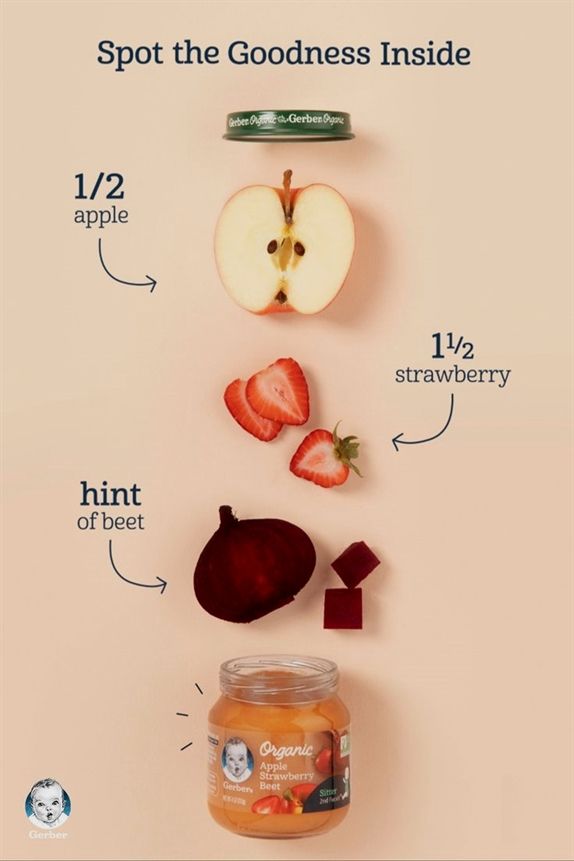 Boiling works too, but many of the nutrients can leach out into the cooking water.
Boiling works too, but many of the nutrients can leach out into the cooking water. - Don’t add anything — you don’t need any extra flavors or additives. Your baby’s tastes are very bland at the moment, plus most of these flavor additives also add salt or sugar which are unhealthy for your baby.
- Mash. Add small amounts of water or breast milk and mash the fruits or vegetables until they’re smooth. You can also spin these foods up in a blender or food processor to get a smooth, even texture.
That’s all there is too it. Baby food is pretty simple. If you’re making up large batches of food at once for convenience, pour the extra food into an ice cube tray to make individual sized freezer portions. Once frozen, they can be transferred into a zip lock bag for storage for up to a month.
Homemade Baby Food Recipes
If you’re just getting started with baby food, here are a few homemade recipes to get you going.
Stage 1 — These infant foods should include only one ingredient, not including the water or breast milk used to dilute the mash. Not only does it make it easier to introduce new foods to the baby, but it also makes it easier to determine if your child has any food allergies that you need to be concerned about.
Not only does it make it easier to introduce new foods to the baby, but it also makes it easier to determine if your child has any food allergies that you need to be concerned about.
Avocado Mush — All you need to do is halve your avocado, scoop out the meat of the fruit and mash it until smooth. Avocados are very soft anyway, so there’s no need to do anything extra to it.
Banana Mush — Same as the avocado. Peel, mash, serve.
Applesauce — Peel your apples and cut them into chunks. Boil or steam until tender, then mash or blend until smooth.
Stage 2 — This is when you can start getting a little more adventurous with the food combinations, but you still don’t want to add any salt or additional flavors. Start combining fruits and vegetables like:
- Apples and bananas
- Apples and plums
- Bananas and blueberries
- Apples and carrots
- Peaches and sweet potatoes
- Avocado and peaches
The list is endless. Just make sure you’re using foods that you’ve already introduced the baby to in case of food allergies.
Just make sure you’re using foods that you’ve already introduced the baby to in case of food allergies.
Stage 3 — Now that your baby is used to a variety of different foods, it’s time to start looking into chunkier foods. You can start introducing finger foods here as well.
The food you feed your baby, much like the rest of your parenting decisions, is a personal choice. If you have the time, making homemade food can be a healthier alternative to store-bought baby food, but the jarred stuff isn’t all bad.
Baby food from a jar: harm or benefit for the baby?
-
Discounts to vegetarians
-
Our newspaper
-
Events
-
Ethical Business
Repost
With the slogan "All the best for children", baby food manufacturers annually produce thousands of jars of fruits and vegetables, constantly fantasizing over the assortment. However, good intentions to feed the younger generation with something tasty and healthy, while saving mom's time, stumble upon parental criticism and skepticism.
However, good intentions to feed the younger generation with something tasty and healthy, while saving mom's time, stumble upon parental criticism and skepticism.
Food from a jar appeared in the post-Soviet space relatively recently, but has already managed to acquire myths, mistrust and get a portion of accusations from grandmothers. Is canned food really so harmful and do children need it?
The main answer lies in a simple truth: food in a jar is needed not by the child, but by the mother. Children need a complete and balanced diet, nutrients and vitamins. A modern mother complains about the lack of time and difficult life. A compromise between the needs of adults and children has become ready, while brought to the desired consistency of fruits and vegetables. They allow you to save parental time on everyday cooking, washing dishes, going to markets and shops in search of quality broccoli or zucchini. Also, jars with ready-made delicacies help out perfectly during travels, walks and trips to visit. Each family has the right to choose food for their child based on the financial situation and free time.
Each family has the right to choose food for their child based on the financial situation and free time.
The opinion that canned food is devoid of nutrients is erroneous. In the process of cooking, vegetables and fruits are subjected to gentle types of processing, at the end enriching the puree with beta-carotene, iron, potassium and vitamin C in doses approaching the daily requirement of children of the corresponding age.
Fans of buying products for the children's table on the market should take into account that many fruits and vegetables are grown along highways, in ecologically polluted areas, with the use of chemical fertilizers. Such "gifts of nature" may contain lead, radionuclides and nitrates, which is guaranteed to hit your baby's plate. When choosing products for children, purchase them from places of proven quality or from villagers.
Manufacturers of baby canned food, regularly undergoing safety checks, are required to grow products in compliance with a number of norms and requirements.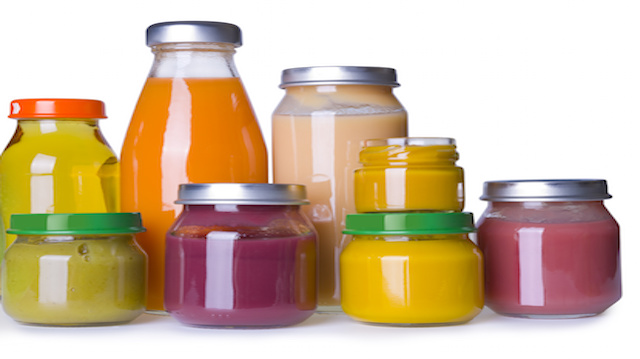 This, in turn, is a guarantee of quality and increases the chances of parents to feed their child with a healthy dessert.
This, in turn, is a guarantee of quality and increases the chances of parents to feed their child with a healthy dessert.
The long shelf life of food jars does not indicate the presence of chemical preservatives in the composition (note: their use is strictly prohibited), but the use of modern technologies for the heat treatment of products and vacuum packaging that protects against the ingress and reproduction of bacteria. Colors, flavors, spices or flavorings are also absent in quality baby purees. In some cases, manufacturers add rice or corn flour to obtain a uniform consistency and reduce the cost of the finished product, but this is not a required ingredient in the composition.
Some parents notice that after a can of mashed potatoes, the child has difficulty moving to an adult table. This happens if you feed the baby with a product that is not age appropriate. For six-month-old babies, manufacturers produce homogenized purees, for eight-month-olds - puree treats, for children older than 10 months - coarsely ground products.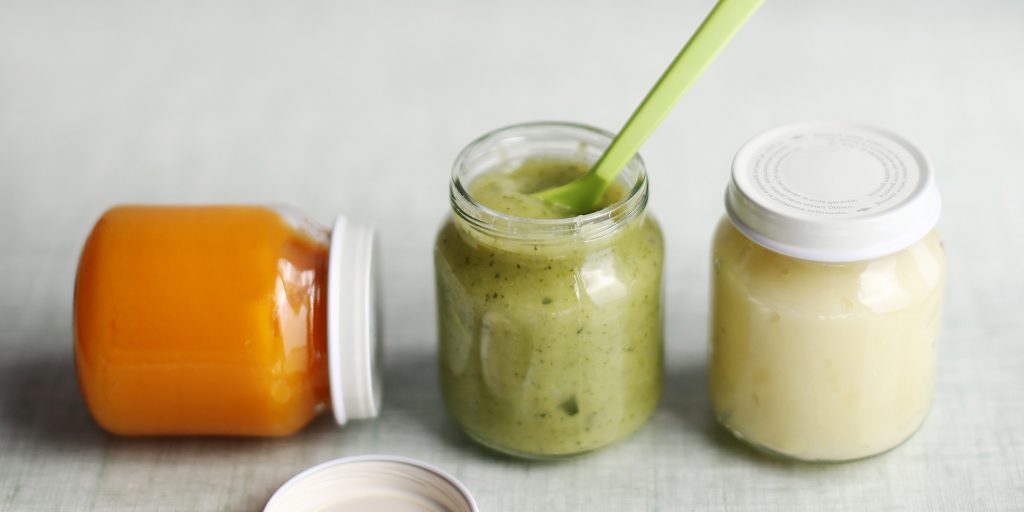 Products should be selected taking into account the degree of their grinding, depending on the age of the child and the development of the baby's ability to chew. Age-appropriate food from a jar gradually prepares the child's gastrointestinal tract for "adult" food. In the case when parents prepare a treat for the crumbs at home, the consistency of food must also be changed depending on age.
Products should be selected taking into account the degree of their grinding, depending on the age of the child and the development of the baby's ability to chew. Age-appropriate food from a jar gradually prepares the child's gastrointestinal tract for "adult" food. In the case when parents prepare a treat for the crumbs at home, the consistency of food must also be changed depending on age.
When choosing ready-made puree in jars, pay attention to the composition: it should contain only natural ingredients and no salt. Sugar is an undesirable component of children's food, try to avoid foods containing it. Fruit and vegetable treats should also not be expired, have signs of opening and deformation of the packaging. Items with an illegible or missing production date should be discarded. After opening the treat, a characteristic dull pop should sound, which indicates the suitability of the product and the correct production and storage conditions.
Motherhood should not turn into a feat, but remain a pleasure. A happy mother will always be more useful for a child than a mother exhausted by everyday life. When choosing canned food or cooking at home, consider your own free time, confidence in the quality of market products, and financial opportunities. Remember that canned food is not a replacement for normal plated food, but a way to optimize it and make life easier for mom.
A happy mother will always be more useful for a child than a mother exhausted by everyday life. When choosing canned food or cooking at home, consider your own free time, confidence in the quality of market products, and financial opportunities. Remember that canned food is not a replacement for normal plated food, but a way to optimize it and make life easier for mom.
Happy parenthood and delicious treats for your little one!
Elena Tour
Share
Previous articleHow to help with cracked feet?
Next articleMagnesium - a “calming mineral”
Harm of baby food in jars
Jars with ready-made puree surprise not only with high demand, but also with an assortment. Fruit, berry, vegetable, with meat, cereals, cream - under each brand there are dozens of items. In a previous publication, we talked in detail about 5 reasons for the popularity of baby puree in jars, and today we will consider the likely harm that such food can cause to a child's body.
Nutritionists, pediatricians and parents disagree on this issue. There are three strong arguments against portioned canned food.
Taste different from homemade food.
Difficulty in weaning a child from a homogeneous consistency.
Unpredictable quality.
How does baby food taste in jars?
Even if a characteristic pop is heard when opening the container, parents still have to taste the food they offer their child. Many are surprised at how strange the content is. It is clear that most purees do not contain salt, sugar, flavoring additives. But they often turn out to be not just bland, but unnatural, too different from those that mothers cook on their own.
The reason for this is the merciless grinding and intense heat treatment that precedes vacuum packaging. However, it is very difficult to transfer a child from such refined food to a common family table. What will be the taste specificity of food in the first months of complementary foods will determine future preferences and the ability to organize healthy baby food at school age.
The child is too lazy to chew
Baby purees under different brands also differ in consistency. For example, it is convenient to scoop up meat and fish with a spoon, but some even at room temperature remain monolithic, as if fastened with starch. It is not easy to mix such a substance with potatoes or green vegetables. You just have to cut it into pieces with a spoon. But in any case, the food in jars is crushed as much as possible and is a homogeneous mass.
It is good when feeding a baby up to a year old. But later, when enough teeth have erupted, the food should become coarser. Reasonable exercise is very important for the health of the gums and teeth. Ready-made vegetable puree in jars is easier for everyone: parents save time on cooking, and children save energy on chewing. As a result, it turns out that upon reaching the age of two, some kids refuse salads, normal soups, vegetable stews. They still demand to puree dishes, recognizing only the usual consistency.
Adults have many problems. There is not enough time and energy for endless persuasion, you won’t leave your beloved child hungry either, no tricks (decorating dishes, disguise) help. Whims at the table are dangerous. Even if the baby gives in under parental pressure, he has a great chance of choking, swallowing tears along with food.
Another difficulty is that a "homogeneous" diet will be limited. If you pass buckwheat with meat or baked potatoes with chicken through a blender, at the output we get a very viscous, thick mass - completely unappetizing. The habit of normal food sometimes comes only with admission to kindergarten.
You can switch from canned puree to homemade puree from 8-9 months. At first, mix, say, a “canned” zucchini with boiled, grated on a fine grater. Then increase your portion by decreasing the canned portion. This will take about a week. Then, according to the same principle, we grind part of the product on a medium-sized grater, closer to a year - on a large one, or simply knead it with a fork.
Is baby food subject to high quality control?
They say that buckwheat is the only crop that has not yet been disfigured by genetic modification. Vegetables abound in various additives for rapid growth and disease resistance, and livestock that will become meat are laced with antibiotics and hormones.
It can be assumed that huge fields or modern farms are set aside especially for our babies, where they grow ingredients for safe baby food. Those who have their own vegetable gardens know how high the price of a natural product really is, because time and effort are taken into account. And if you add the costs of marketing, packaging, transportation, salaries ... Belief in "eco", "organic", and "100% natural" is rapidly weakening.
And international canning scandals confirm that in a market economy, profit remains a priority. It is worth reading the labels carefully, control the cotton when unscrewing the lid, always mix the contents to make sure there are no foreign objects.


